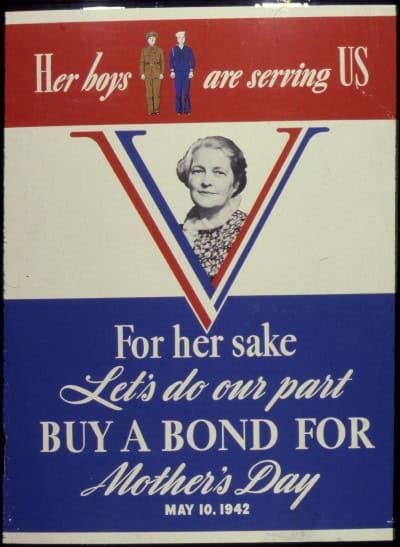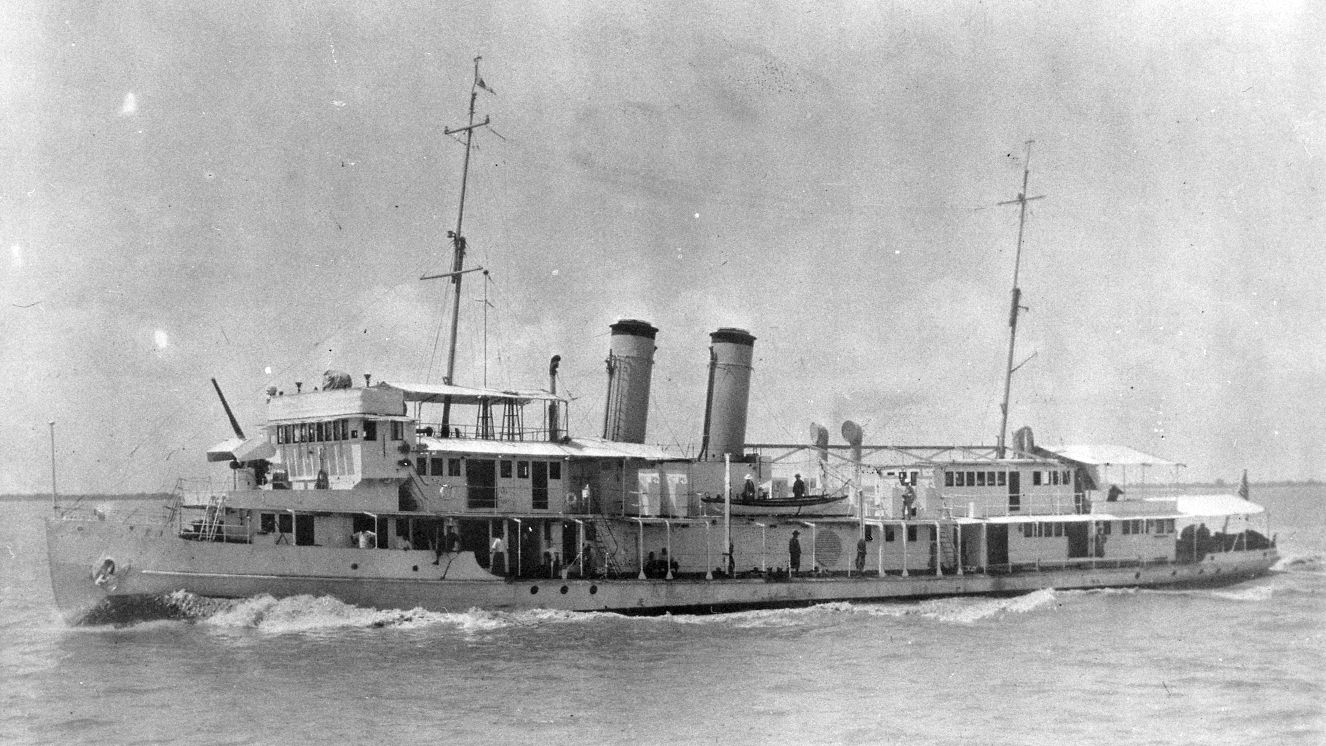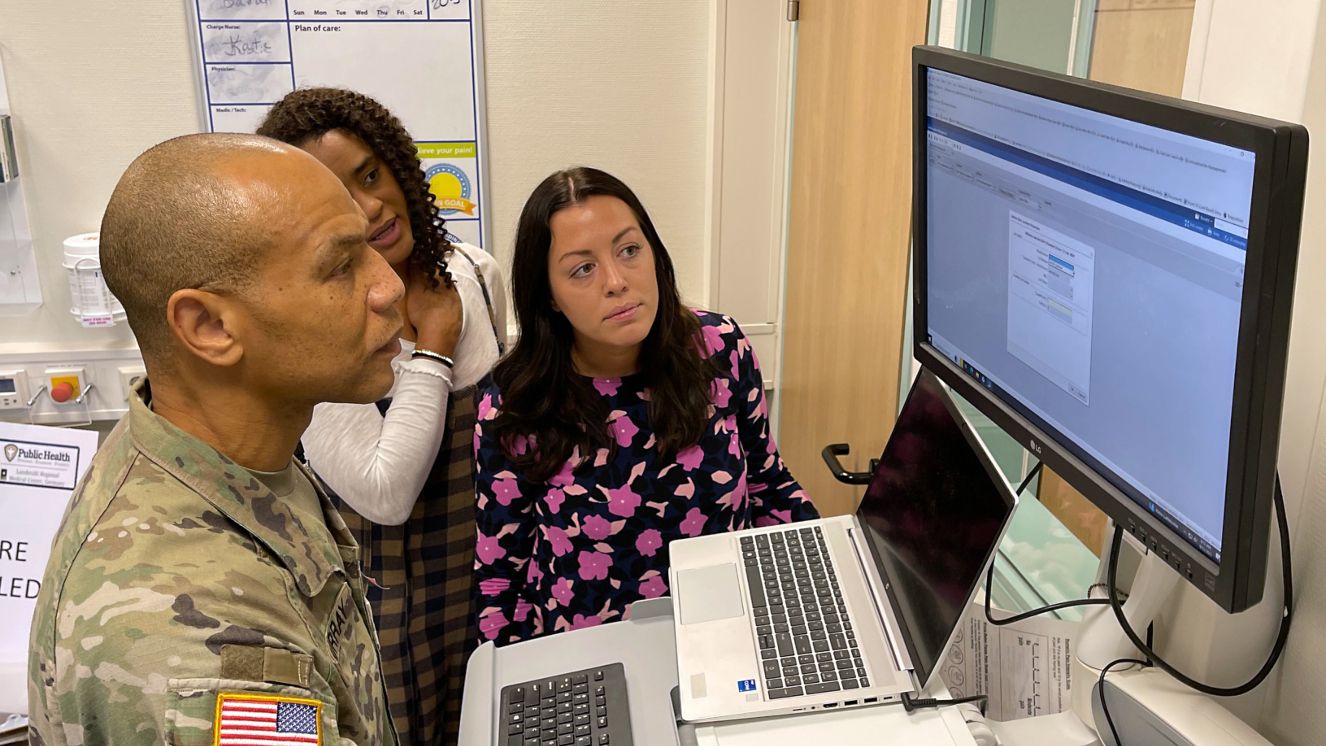HOW WORLD WAR I POPULARIZED MOTHER'S DAY

Mother’s Day was declared a national holiday on May 9th, 1914. This was only two months before Austria-Hungary declared war on Serbia, beginning World War I. With the proximity of these dates, it was inevitable that Mother’s Day traditions would be influenced by the time period. Related: Women Veterans Day Celebrates Strength, Sacrifice of Service Members
The Origin of Mother’s Day
Mother’s Day celebrations started in the early 1900s with the first occurring on Sunday, May 10th, 1908. Following the death of her mother, Anna Jarvis sent 500 white carnations to Andrew Methodist Episcopal Church in West Virginia to honor her mother’s maternal sacrifices. Anna’s mother had organized “Mother’s Day work clubs” to improve children’s health and sanitation after nine of her thirteen children died before reaching adulthood. This group also aided in helping soldiers from both sides of the Civil War and was active in the anti-war movement from 1917-1918 leading up to the United States’ involvement in World War I.The occasion was planned to pay respect to Anna’s mother yet it inspired a separate celebration honoring moms in Philadelphia. Department store owner John Wanamaker funded both events, likely seeing a possibility for Mother’s Day sales in the future. Afterward, Anna began campaigning to add Mother’s Day to the national calendar. She wrote letters to newspapers and politicians; her main argument was that there were no American holidays that celebrated the achievements of women. She also established the Mother’s Day International Association to promote the institution of the holiday. By the time Woodrow Wilson signed on to make Mother’s Day official, many states had already adopted it as an annual holiday.Suggested Read: How WWI Turned Marines Into Devil Dogs
How World War I Shaped Mother’s Day
Between 1910 and 1920, the advertising industry was growing rapidly. Due to the prominence of World War I, advertisers started directing their ads to a homesick and disconnected audience. This audience included young adults moving away from their childhood homes and also military personnel. With the young holiday of Mother’s Day becoming an annual celebration, department stores capitalized on the chance to shape this new Mother’s Day market. They marketed the idea of soldiers sending gifts home to their mothers to affirm their family ties. These gifts were mainly cards and flowers at the time. Letters from soldiers in 1918 describe an executive order that required soldiers to write to their mom on Mother’s Day, proving what a national priority Mother’s Day was relevant to the time period. This commitment to making Mother’s Day significant was encouraged further by the style of advertising that cropped up around it. Ad campaigns used to promote Mother’s Day mimicked World War I propaganda posters. This association made honoring mothers on Mother’s Day almost patriotic.

In 1918, after the war had ended, President Franklin Roosevelt sent out a telegram reminding men of the Navy to write or visit their mothers on the second Sunday in May.
How Mother’s Day Looks for Military Moms Today
A lot of the traditions of Mother’s Day dating back to the early 1900s have not changed. We celebrate very much in the same way even today. Moms receive similar gifts like flowers and cards. Some enjoy visits from their older children and grandchildren. According to Hallmark, 113 million Mother’s Day cards are exchanged each year. For moms with children unable to come home due to active duty, their Mother’s Day traditions are not unlike those during World War I. Although, today there are plenty of military discounts to help support appreciation for military moms. Read Next: Gold Star Spouse Day: Honoring The Surviving Spouses of Lost Veterans



